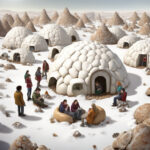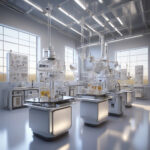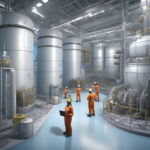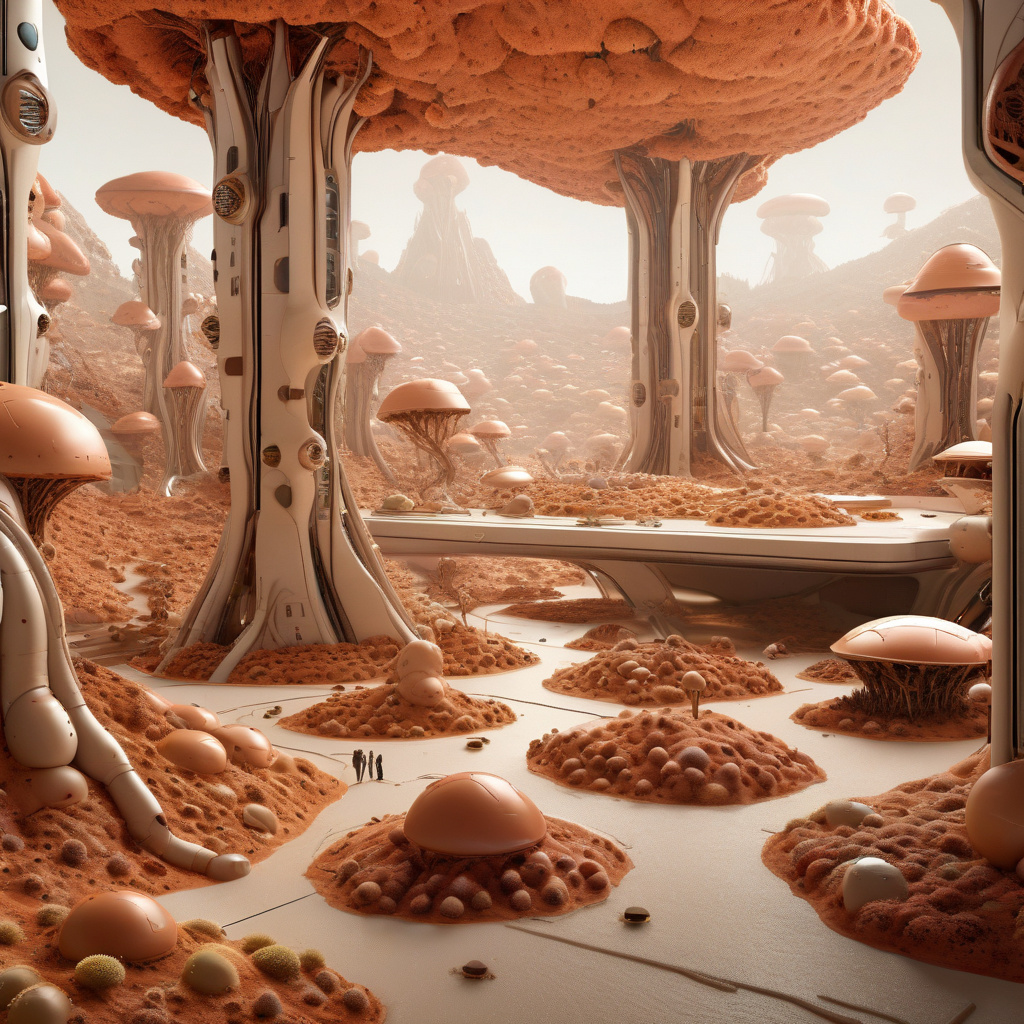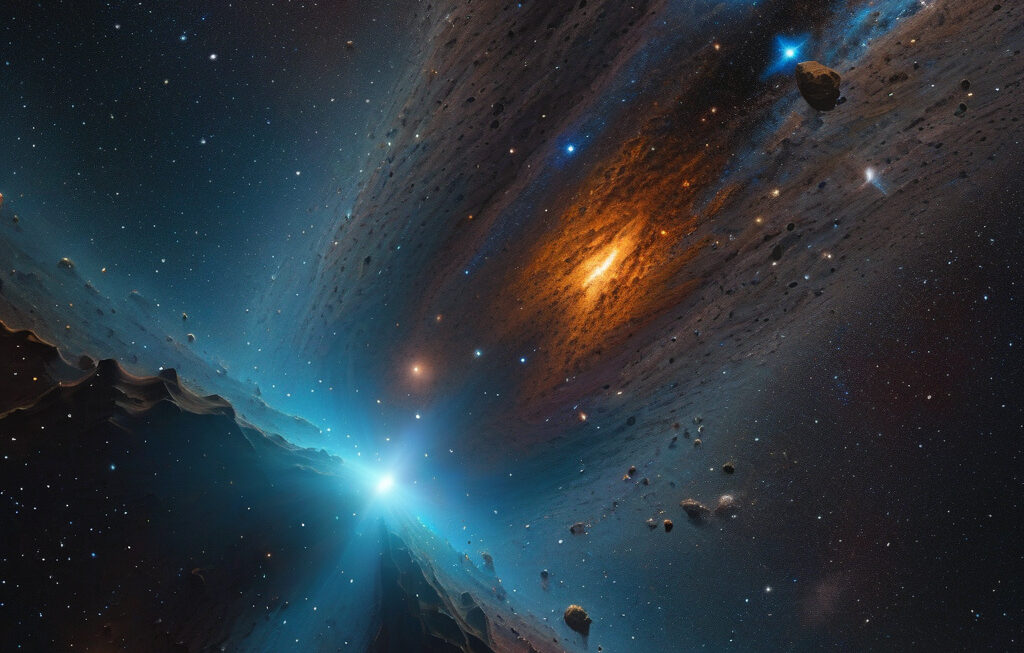Fungi and Bacteria Team Up to Make Self-Growing Building Material for Mars Colonies
Researchers are working on developing a synthetic lichen system, which could help in the autonomous construction of habitats on Mars. This innovative approach involves a collaboration between fungi and bacteria to create self-growing building material, paving the way for sustainable and efficient construction processes in extraterrestrial environments.
Lichens are unique organisms that result from a symbiotic relationship between fungi and algae or cyanobacteria. They are known for their ability to colonize harsh environments, such as deserts and mountaintops, where they play a crucial role in soil formation and nutrient cycling. Inspired by nature’s resilience, scientists are now exploring how this concept can be applied to the challenges of building habitats on Mars.
By harnessing the natural properties of lichens, researchers are developing a synthetic system that mimics their growth process. This system consists of fungal mycelium, which acts as the structural framework, and photosynthetic bacteria that provide the energy needed for growth. Together, these components work in harmony to produce a durable and biodegradable building material.
One of the key advantages of this self-growing material is its ability to adapt to changing environmental conditions. On Mars, where resources are limited and conditions are extreme, having a building material that can self-repair and regenerate would be invaluable. Additionally, the use of local resources, such as regolith and sunlight, reduces the need to transport construction materials from Earth, making the colonization of Mars more sustainable in the long run.
But the benefits of this innovative approach extend beyond extraterrestrial applications. On Earth, where traditional construction methods contribute to environmental degradation, self-growing building materials offer a more sustainable alternative. By reducing the reliance on concrete and other resource-intensive materials, this technology has the potential to revolutionize the construction industry and pave the way for greener and more eco-friendly buildings.
Moreover, the scalability of this technology makes it suitable for a wide range of applications, from small-scale structures to large habitats. Whether it’s building shelters for astronauts on Mars or creating sustainable housing solutions on Earth, the possibilities are endless.
As researchers continue to refine and optimize this synthetic lichen system, the dream of autonomous construction in space is becoming closer to reality. By harnessing the power of nature and leveraging the unique properties of fungi and bacteria, we are on the brink of a new era in architecture and construction.
In conclusion, the collaboration between fungi and bacteria to create self-growing building material represents a groundbreaking advancement in the field of construction. Whether it’s for establishing colonies on Mars or promoting sustainability on Earth, this technology has the potential to reshape the way we think about building design and construction methods. As we look towards a future where space exploration and environmental conservation are paramount, innovations like synthetic lichens offer a glimpse into what is possible when we combine science, nature, and creativity.
#Fungi, #Bacteria, #SelfGrowing, #BuildingMaterial, #MarsColonies

